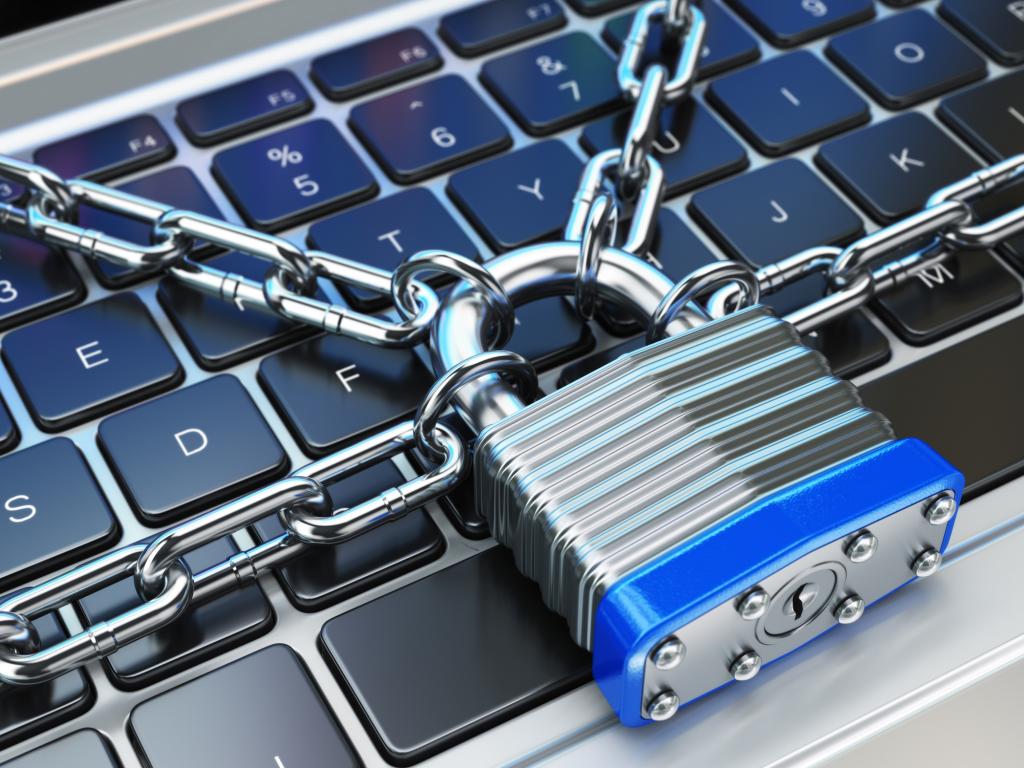
Intellectual Property (IP) is often an integral part of a business; especially when it comes to technology businesses. From source code to interfaces, it is fundamental for a technology business to understand where IP vests and how to protect it.
How can you protect your new technologies and innovations?
There are several ways a business can protect its IP rights in the laws of England and Wales – ranging from automatically arising free of charge protections like copyright, to registered rights like trade marks, patents and designs.
Copyright
When it comes to copyright protection, an “idea” or a concept alone is not capable of protection, but the expression of the idea may be capable of copyright protection. Copyright can protect works such as technical specifications, software code, drawings, computer programs and reports.
Copyright is the primary form of protection for software code and owners of copyright can decide how a particular copyright protected work is used or exploited. This includes preventing misuse and acting in the face of misuse – often called “infringement”.
The starting point is the owner of copyright is the author of the copyright protected work. So, in the case of health-tech – the author of the software code is the owner of the software code and the owner of the research paper is the author of the research paper. This position changes where there is an employee / employer relationship; the employer, unless agreed otherwise, will automatically own all IP created by its employees if undertaken in the course of the employee’s employment.
The starting point for ownership of IP can also be changed by way of standalone agreement – often termed an “IP assignment” agreement. This agreement must be in writing, alongside other contractual requirements, in order to be valid.
Do I need a patent?
In order for software to be capable of patent protection, it must provide a technical solution to a technical problem. The software must also be undisclosed and novel – which means it cannot be readily accessible and/or shared in any way prior to a patent application being filed. We recommend that you consult a specialist patent attorney to advise you on patentability. If you are considering or interested in patent protection, it is important to note that once filed, patents (and the abstracts for the same) are published to the world at large and available for inspection online.
Due to the very public nature of patents, some businesses opt for the alternative of “trade secrecy” to avoid their software methodology from being published and readily available in just a few clicks. This is usually on the basis that trade secrecy can slow down the competition – companies like Google have avoided patent filings on this very basis.
What is trade secrecy?
The intention of a trade secret is to conceal from competitors how its software operates and functions and associated theories. Trade secrecy can be achieved through caution, strategy and ensuring that confidentiality agreements are proactively used.
Using non-disclosure agreements, and confidentiality clauses when engaging with third parties can help prevent competitors discovering how your health-tech solutions work and give you a cause of action if breached. That said, even if such agreements are used, it is recommended to only disclose the minimum extent necessary to help preserve trade secrecy.
Trade mark
There are two types of trade mark; registered and unregistered. Generally speaking, registered rights are far more powerful than unregistered rights.
A registered right is a monopoly which enables the owner to prevent anybody from using an identical or a similar mark in respect of identical or similar goods/services for which the mark is registered. By contrast, if you were to attempt to rely on an unregistered right, you would need to prove (amongst other things) reputation and goodwill in the relevant marketplace. This can be hard and expensive to do. This is one of the reasons why relying on a registered right can be much easier and cost effective than relying on any unregistered right.
A trade mark is an asset of the business which can add value to the bottom line. Owning a registered trade mark can help to protect the value of your brand – often the name of your software or the name of your company. It can also make your brand or services offered under your brand more attractive for potential purchasers of the business in due course and investors/licensees/resellers, who you may permit to deliver your business services under your brand.
For more information on trade marks, check out our top tips article here.
Third parties and assignment
As outlined earlier, the starting point is that the owner of the IP asset is the author. Therefore, it is crucial to have agreements in place with any and all third parties contributing to your software, branding and any other IP. The payment of money does not transfer IP ownership from the author to the commissioner and cannot be relied upon.
When it comes to the development of software, there are additional considerations that need to be made, such as open source code and the suitability of the same for your intended purpose. Some open source code comes with unfavourable restrictions, such as non-commercial use and/or obligation to disclose and publish the resulting source code.
Key considerations when commercialising
Customer & user agreements
It is important to have appropriate software agreements which set out the terms of use and terms of service.
A software licence or software as a service agreement typically sets out the terms between the software provider and the customer and an end user licence agreement sets out the terms between the provider and every single user of the platform/app.
Such terms are fundamental to ensure the parameters for use are clearly outlined and to retain control over use of the software. The two different agreements are key to ensure the provider has a direct contractual relationship with each and every user.
Other key considerations
AI and Data mining
The introduction of the likes of Chat GPT and other AI generative chat systems have proven useful for businesses and software developers, however, they also carry many risks. From a user perspective, generative AI tools can hallucinate and/or provide infringing code to the user, which may cause the developer and/or the software provider issues down the line – like downtime or copyright infringement claims.
From a developer perspective (i.e., building an AI tool), it is important to be aware of laws governing ‘data scraping’ and/or ‘data mining’. At present, it is unlawful in England and Wales to data scrape / data mine and use the same for commercial purposes i.e., training an AI tool for commercialisation without the copyright holders’ permission. Without the correct consents this can constitute IP infringement.
Data protection
It is fundamental for health-tech businesses to ensure compliance with its data protection obligations; not least because health-tech businesses are likely to be processing special category health data. This means that additional steps need to be taken to safeguard such personal data.
For example, primary care networks share a plethora of personal data and it is important that this sharing is conducted in compliance with the law –to check out our article on this topic click here.
While on the topic of AI, it is important that data protection considerations are made if you are intending to integrate AI and/or otherwise offer an AI tool as a product. Check out our article on data protection and generative AI for more information.
So what next?
We at Stephens Scown can undertake an IP Audit (a discovery exercise) to help you understand your current IP position, identify any grey areas, and formulate an IP strategy tailored to your business. Click here to find out more.
If you have any further enquiries regarding the protection of health-tech businesses, please feel free to contact our Intellectual Property team and we would be happy to help.
